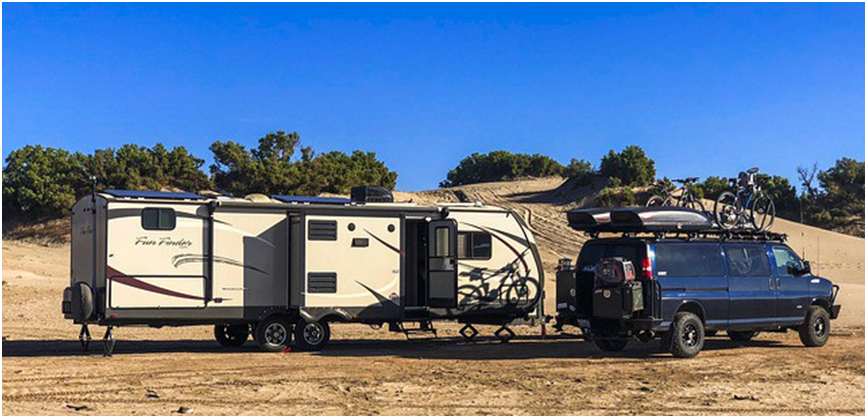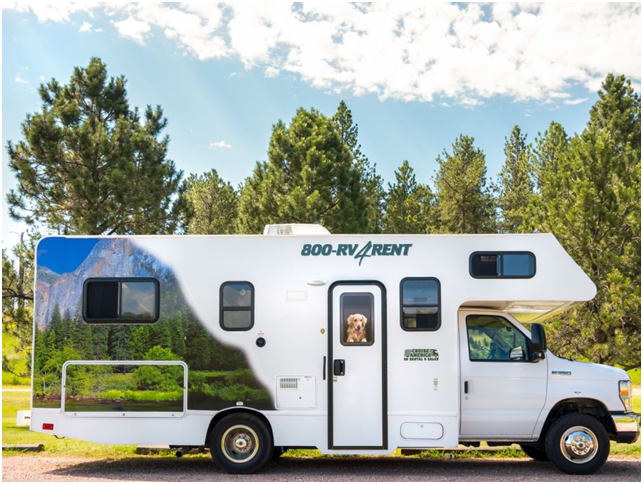
[Source: Knight Towing]
Charles R. Goulding and Preeti Sulibhavi discuss 3D printing opportunities in the RV industry.
With the public concerned about plane travel and cruises, Recreational Vehicle (RV) usage is going to be high this summer. There are two types of RVs, namely towed or motorized.
Projected new unit sales for 2020 are expected to soar. More important than new sales, we anticipate that existing unit usage is going to be very strong this year. RVs are vehicles functioning as homes so there is a wide range of 3D printing opportunities from both categories.
We have previously written about the following product applications that are relevant to RVs:
| Industry | R&D Related Article |
| Lighting | Lighting Industry & 3D Printing |
| HVAC | HVAC Takes to 3D Printing |
| Pumps & Filters | 3D Printing Pumps & Filters |
| Kitchens | Outdoor Kitchen Equipment |
| Bathrooms | Touchless Bathroom Design |
| Doors | Opening Doors to 3D Printing |
| Seats | Sitting Comfortable with 3D Printing |
| Appliances | 3D Printing & Kitchen Appliances |
Some of the leading RV OEM brands include Winnebago, Thor (Airstream), Forest River, Coachman, Newmar, Northwoods Manufacturing, Fifth Wheel, Tiffin, Jayco, K-Z RV, and Fleetwood.
RVs require substantial regular levels of regular service, which is often provided by local aftermarket shops that sell and install replacement parts and a wide variety of accessories that upgrade and improve existing RV units.

The RV industry is primarily U.S. domestic business that can take advantage of U.S. Federal and State R&D tax incentives.
The Research and Development Tax Credit
Enacted in 1981, the now permanent Federal Research and Development (R&D) Tax Credit allows a credit that typically ranges from 4%-7% of eligible spending for new and improved products and processes. Qualified research must meet the following four criteria:
- Must be technological in nature
- Must be a component of the taxpayer’s business
- Must represent R&D in the experimental sense and generally includes all such costs related to the development or improvement of a product or process
- Must eliminate uncertainty through a process of experimentation that considers one or more alternatives
Eligible costs include US employee wages, cost of supplies consumed in the R&D process, cost of pre-production testing, US contract research expenses, and certain costs associated with developing a patent.
On December 18, 2015, President Obama signed the PATH Act, making the R&D Tax Credit permanent. Since 2016, the R&D credit has been used to offset Alternative Minimum Tax (AMT) for companies with revenue below $50MM and, startup businesses can obtain up to $250,000 per year in payroll tax cash rebates.
On The Road Again
2020 is going to be a big year for RV vacations. The 3D printing industry has the opportunity to provide a wide range of OEM and aftermarket parts to the RV industry and not miss this road to success.
